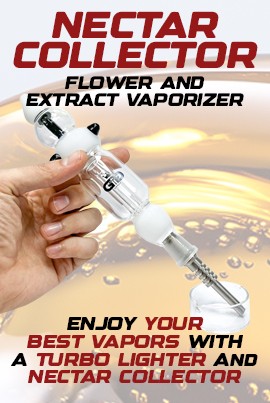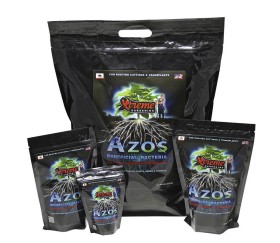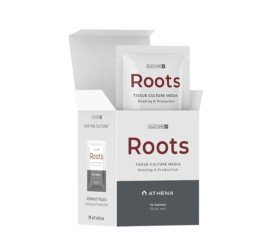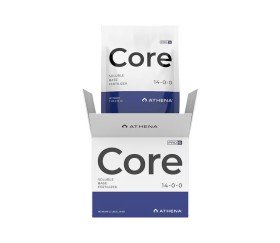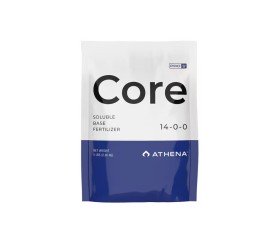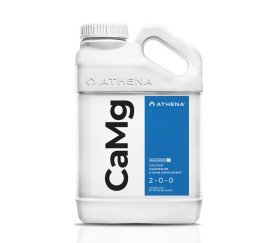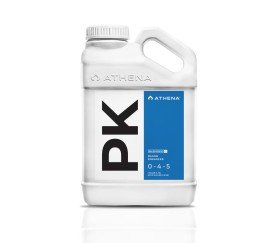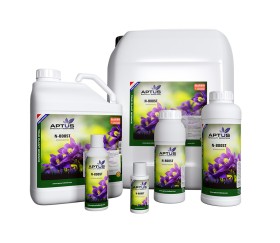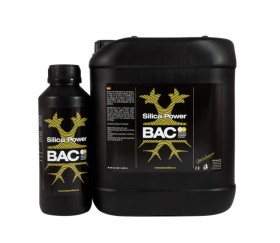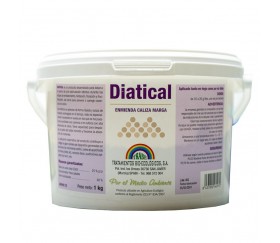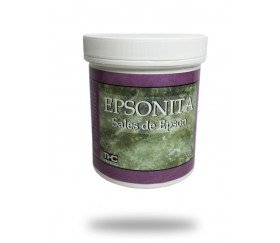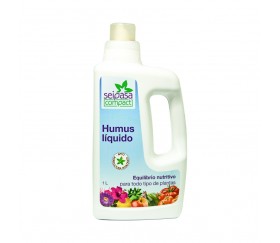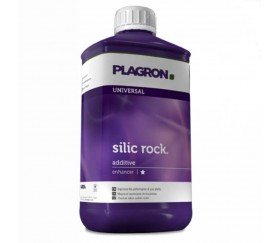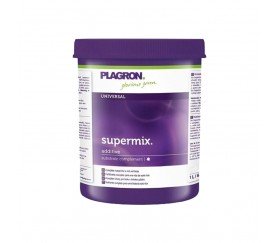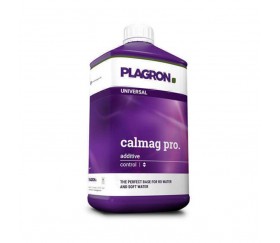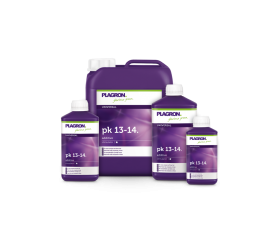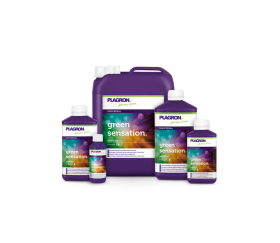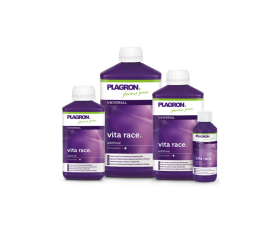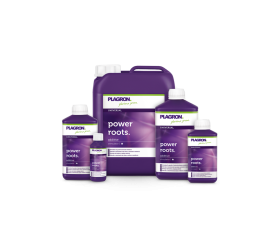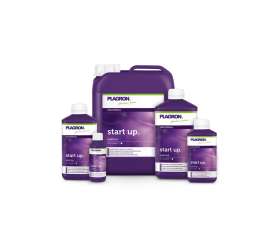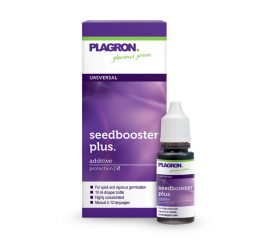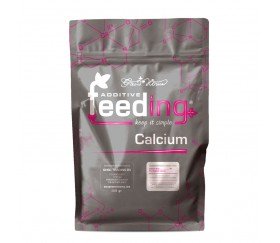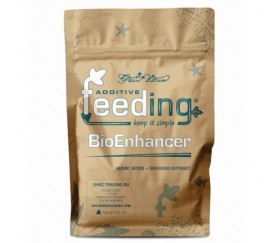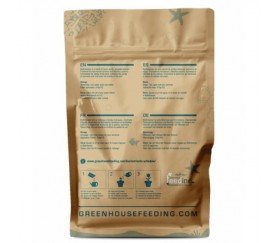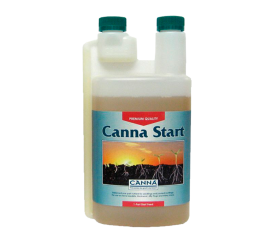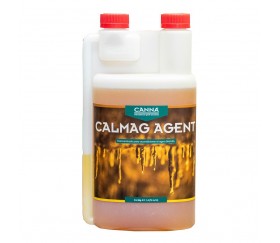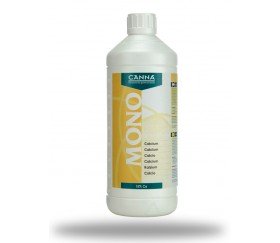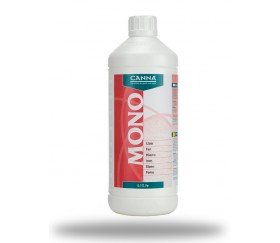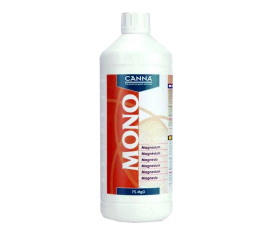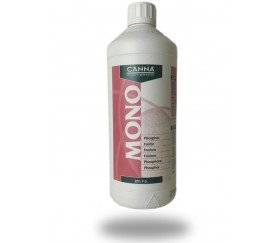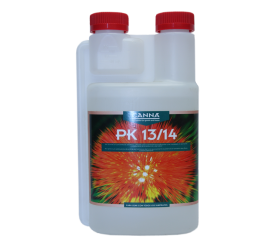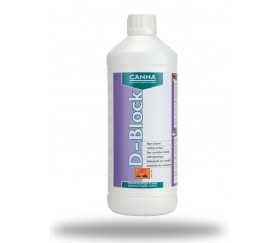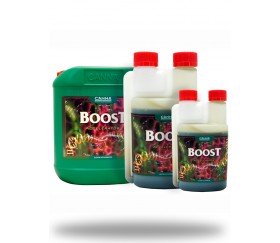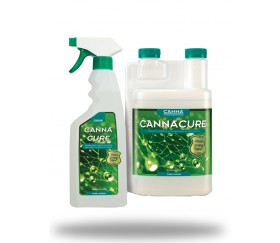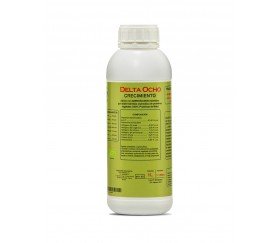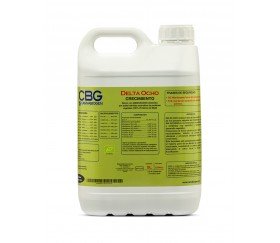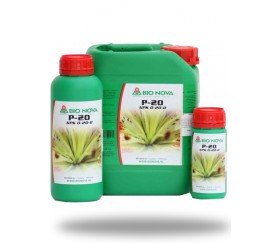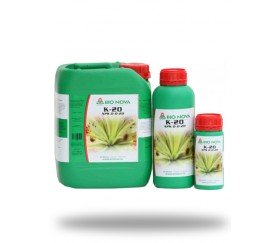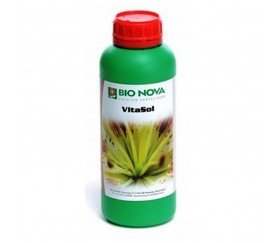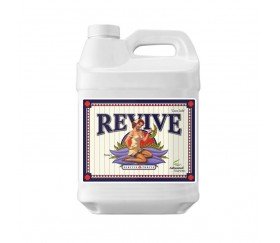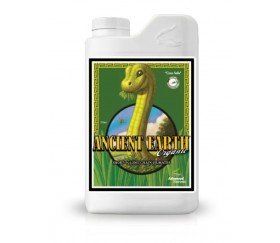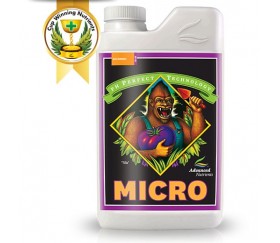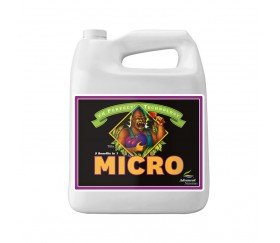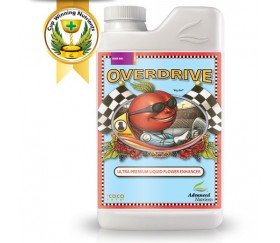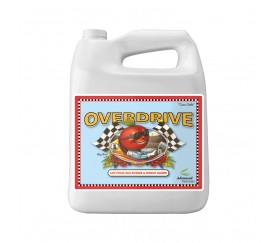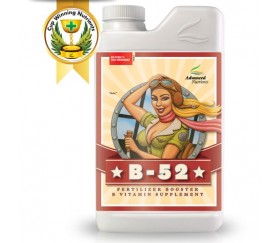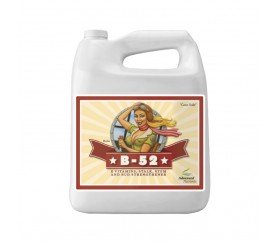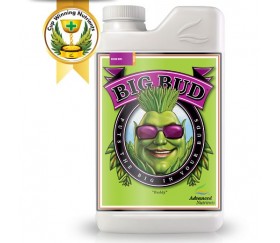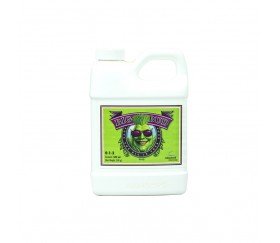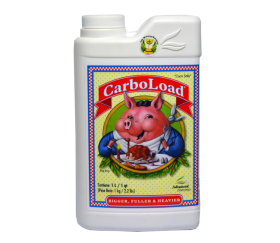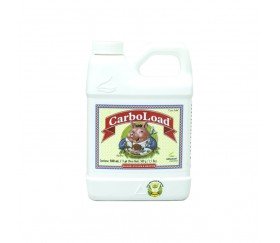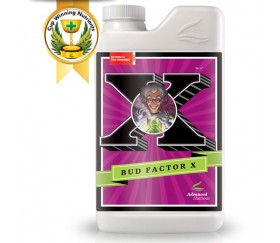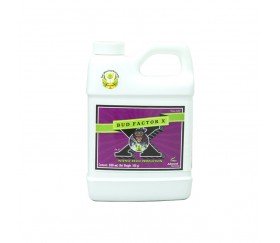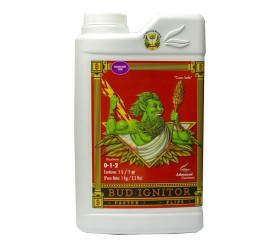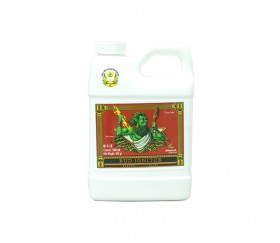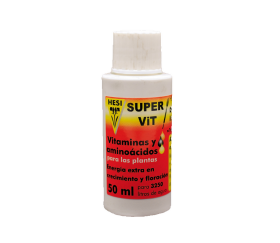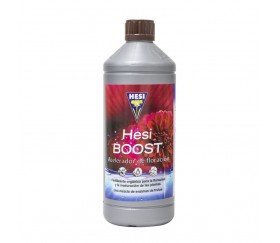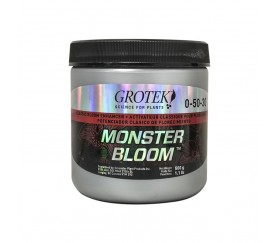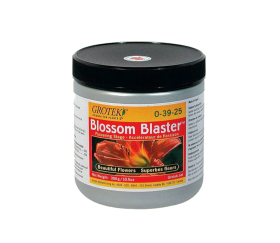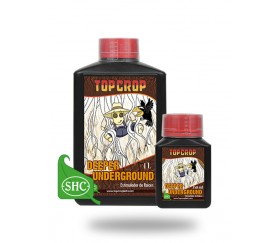Additives
Over the last few years additives for cannabis have been on the rise.
The reasoning behind this is that many growers are starting to really see the difference between using base fertilizers and using them with additives.
In this section we’re going to explain everything you should know about additives.
What Are Cannabis Additives?
Additives are products used to improve or complement your normal base nutrients.
A complete base fertilizer is a product designed for either the growth or flowering period that contains certain amounts of nitrogen, phosphorus and potassium. Many manufacturers make this as NPK on their products and containers, alongside the percentage of each one. These elements (nitrogen, phosphorus and potassium) are called macronutrients.
Base fertilizers also contain micronutrients necessary for growing cannabis, although on a smaller scale.
Additives can’t be used to replace base fertilizers, they simply complement them or improve them.
Additives for Growing Cannabis
There are different types of additives used in different stages and for different reasons, such as:
Root Stimulant
Root stimulants are used to increase the size of your plants’ root mass. All fertilizer ranges tend to include a root stimulant, as it’s quite an important part of growing cannabis.
This type of additive is super useful when growing indoors, where each day counts. Indoors you need your plants to grow as fast as possible so you can flip to flower.
Outdoors, using root stimulants can make for a healthy, strong start to the growth period.
pH Adjusters
pH is a scale used to measure the acidity of a given liquid. Cannabis plants are capable of absorbing nutrients and micronutrients when the medium they’re growing in and their nutrient solution is within a determined pH range.
pH increasers or decreasers allow you to modify the pH in your water, keeping it within the perfect range for your plants. Optimal pH ranges vary depending on the substrate:
- In soil, your water pH should be between 6.4 and 7.
- In coco coir and hydroponic grows you should adjust your pH to 5.5 – 6.5.
We recommend adjusting your pH on the lower side of our recommended levels during the growth period and higher during the bloom stage.
Enzymes
Enzymes are designed to decompose dead roots and residues in your substrate, turning them into nutrients that your plants can absorb.
Nutritional Additives
There are two different types of nutritional additives that you can give your plants:
- Macronutrients: these products contain nitrogen, phosphorus or potassium. Some ranges stock each nutrient separately for correcting deficiencies or products such as PK boosters for the flowering period.
- Micronutrients: these products are used to correct deficiencies, such as Iron (Fe) or Calcium and Magnesium, which care used to modify osmosis water.
Vitamins
Vitamins are used to increase plant resistance when it comes to issues such as stress such as drought, excess heat or insect infestations. Some recommended vitamin additives are B-52 and Super Vit.
Carbohydrates
Carbs or sugars give your plants’ metabolism an extra boost of energy during the flowering period. For example, Bud Candy, Top Candy and Honey Chome.
Humic and Fulvic Acids
Fulvic acids increase your plants’ natural growth and improve nutrient absorption. They also help to grow much healthier and stronger plants when it comes to dealing with illnesses.
Humic acids are used to improve soil structure, increasing nutrient retention, and reducing the need to water. They also help to adjust the pH in your nutrient solution.
Silicon
Silicon is necessary for your plants’ cell walls and for protecting them from soil pathogens. Silicon is the main ingredient in products such as Silicate and Rhino Skin.
Flowering Stimulant
Within the range of flowering stimulants, you have:
- Stimulants for the start of the flowering period: designed to cause a strong, balanced flowering period.
- Bud fatteners: these are used to increase the weight and size of your flowers.
- Flowering finalizers: these are designed to give your plants one last push before cleaning out their roots.
Trichoderma and Mycorrhizae
Trichoderma and Mycorrhizae are beneficial fungi that do wonders for cannabis plant roots.
Mycorrhizae fungi are used to improve root activity in your plants while increasing nutrient absorption and stress tolerance.
Trichoderma fungi are an efficient preventive when it comes to fungi and soil pathogens that can put your plants’ health in danger. Plus, they also improve nutrient absorption.
Are Additives Necessary for Growing Cannabis
Like we were saying earlier, additives are highly important and can really make a difference in your harvest. Let’s have a look at some of the absolutely necessary additives for a successful cannabis grow.
- pH adjusters: one of the most common growing errors is the lack of pH control; this can cause nutrient blockage, which can stop your plants from growing entirely.
- Bud fatteners: all fertilizer ranges manufacture bud fatteners compatible with their products which add more phosphorus and potassium needed during the flowering period.
- Enzymes: highly necessary in hydroponic grows or if you’re growing using mineral products, and useful in organic grows.
On the other hand, there’s a wide range of additives that aren’t necessary but they can be used to improve the quality and quantity of your final yield.
- Root stimulants
- Flowering stimulants (start)
- Flowering stimulants (end)
- Trichoderma and mycorrhizae
The Best Additives for Growing Cannabis
All additves can be useful, although some of them are more-so depending on the growing media.
- In coco coir or soil substrates using mineral fertilizers, you should use a cleaner one or two weeks before harvesting. Washing the roots during this phase is an absolute must.
- In coco coir and hydroponic grows we recommend using a silicon additive. Silicon is naturally found in soil but it’s not present in hydroponic grows or coco coir.
- Bio or Biomineral grows are best treated with humic or fulvic acids and carbs/sugars.
How to Choose the Best Additive
When it comes to choosing the right additives, we recommend sticking with one brand for the entire process. The reason for this is that all ranges are designed to be compatible when the same products are used, making for better results and also avoiding accidental incompatibilities.
This doesn’t mean you can’t combine products by different brands, but this should be done if you’re experienced and know what you’re doing; you’ll have to check all of the proportions and micronutrients, making sure that the additives complement each other.
If you have any questions when it comes to choosing or using any type of product, make sure to get in touch with our team of experts; we’re happy to help!
Subcategories
